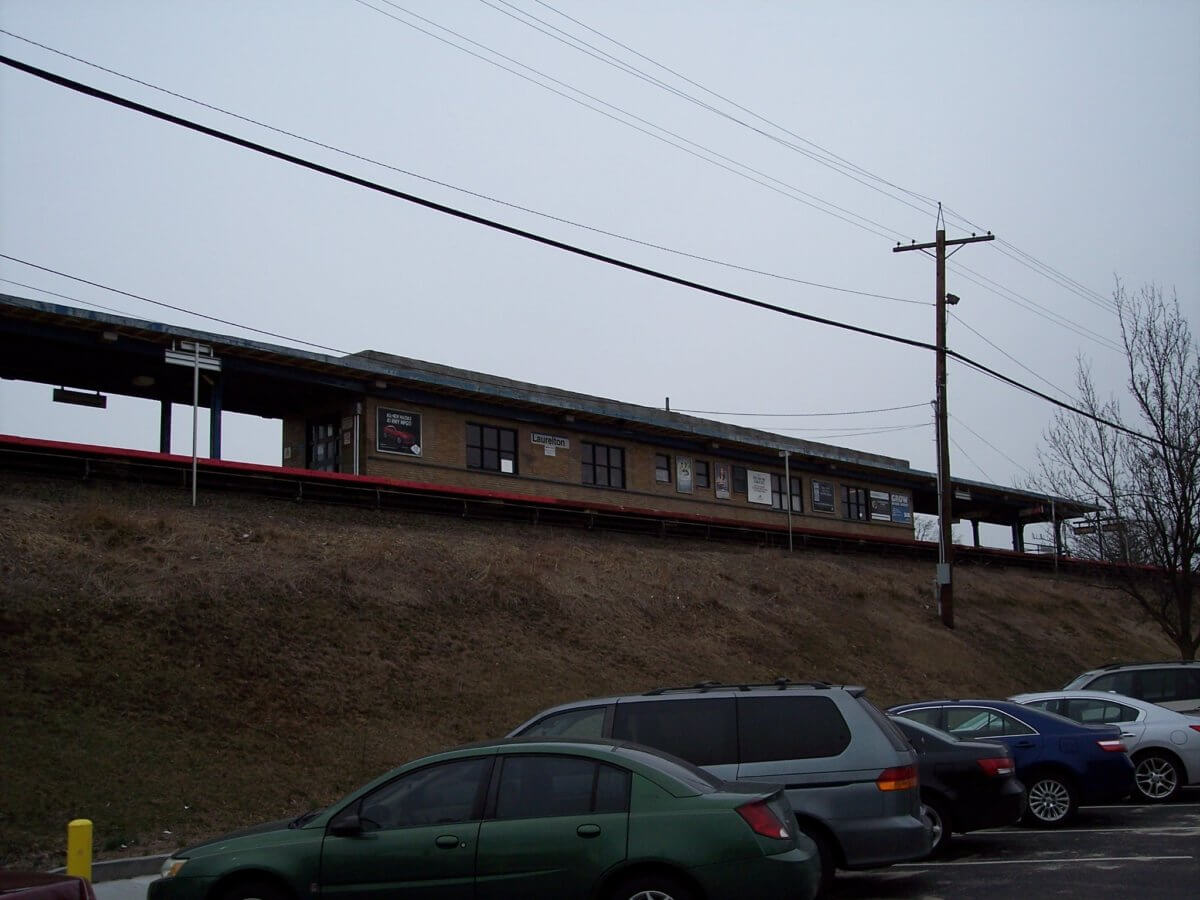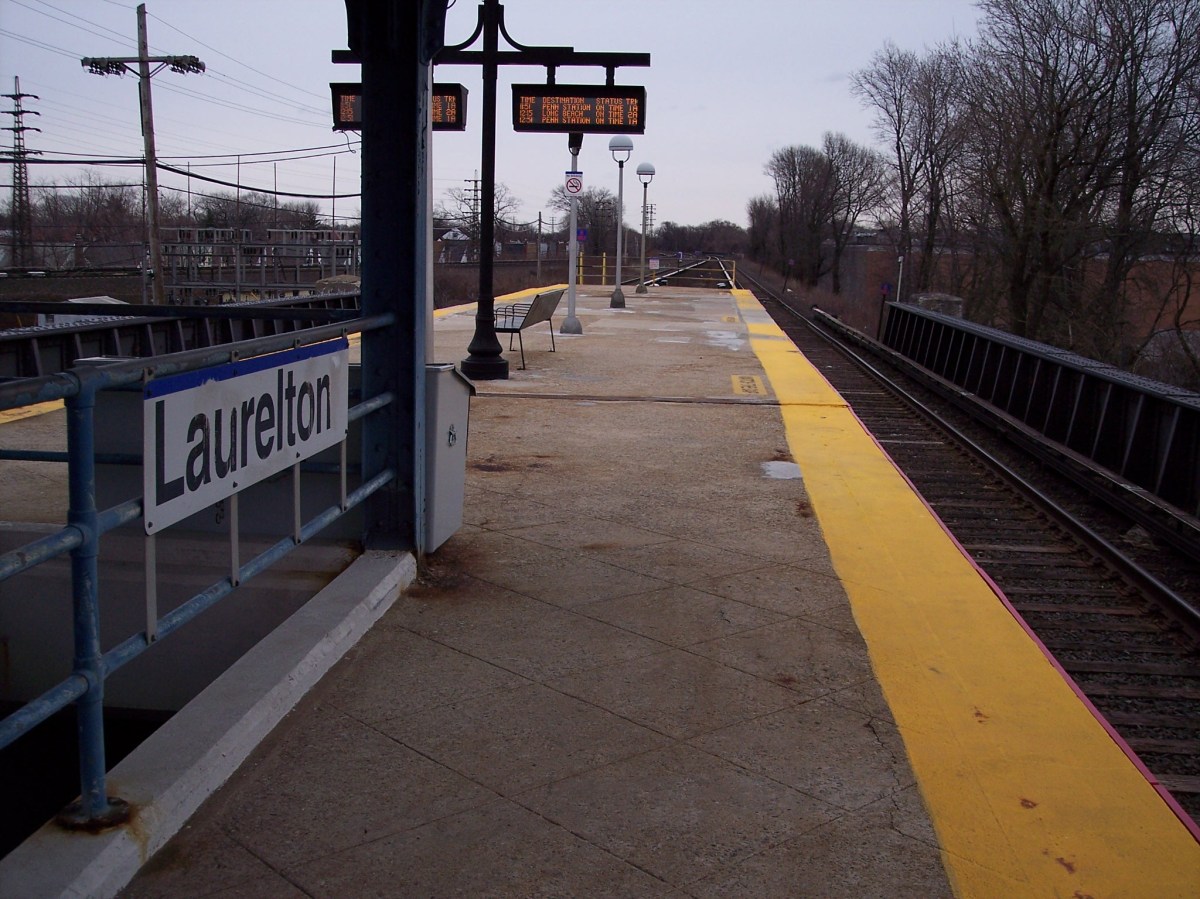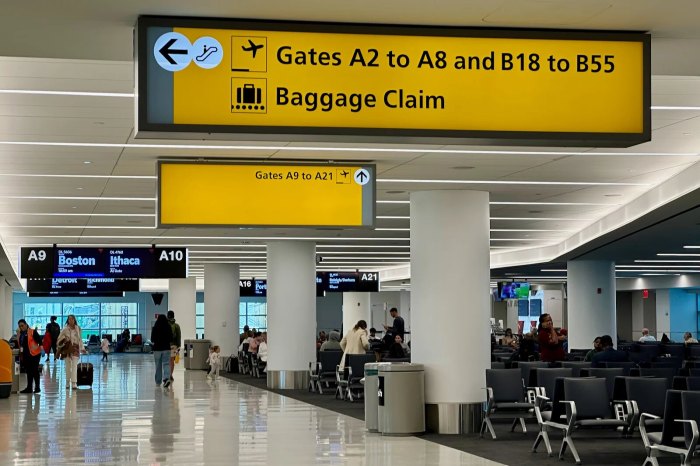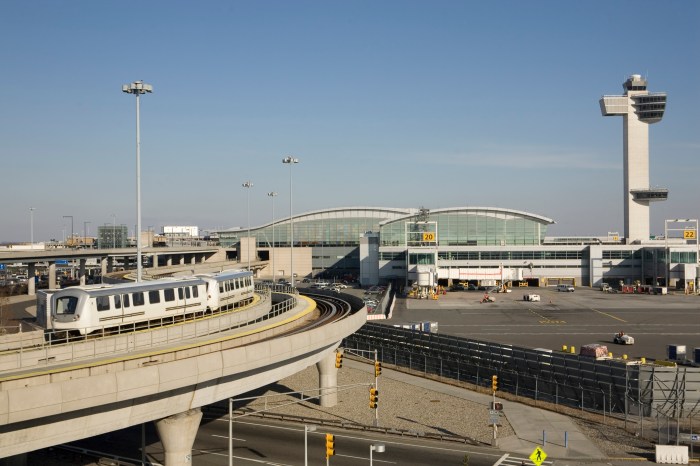Southeast Queens lawmakers are applauding the MTA plan to bring accessibility upgrades to three Long Island Rail Road stations.
The agency announced Monday it would install street and platform elevators at the Laurelton, St. Albans and Locust Manor station in Springfield Gardens, and add new sidewalks and curb ramps that are compliant with the Americans with Disabilities Act (ADA) as well as all necessary signage.
“From my first public hearing as corporations chair, my constituents have been fighting for elevator access at the Laurelton, Locust Manor and St. Albans stations,” state Senator Leroy Comrie said. “The Addisleigh Park, Federated Blocks of Laurelton, Merrill Park and TriAngular civic associations, along with civic leaders, have joined me in advocating for these upgrades due to our aging population, families with strollers and the necessity for accessibility in southeast Queens. I’m glad to see the MTA/LIRR has expedited these investments, as these upgrades are planned in the 2024 capital budget program. I hope these elevator additions will be fully realized within the next 18 months.”

Southeast Queens residents, especially seniors and those with limited mobility, have long been short changed when it comes to accessible mass transit options, according to Queens Borough President Donovan Richards.
“Quite simply, the already limited number of stations in southeast Queens, including Laurelton, Locust Manor and St. Albans LIRR stations, must be fully accessible to all our residents regardless of ability as quickly as possible,” Richards said. “I’m pleased MTA leadership has made a commitment to add elevators at these stations, and I look forward to working with the MTA to expedite these installations to ensure that everyone is able to safely and conveniently get around our borough and city.”
Assemblywoman Alicia Hyndman said the announcement comes after a yearslong campaign by her constituents.
“The residents of Laurelton wrote letters, made calls and had tours of the Laurelton LIRR station all because they wanted an elevator for the station,” Hyndman said. “They wanted the station to be accessible for all and now their hard work has been answered.”
Councilwoman Nantasha Williams said the upgrades are “incredibly important” for the community.
“We are a neighborhood with a significant senior population and families with young children that rely on elevators in order to use our public transportation system,” Williams said. “I look forward to working together to ensure all LIRR stations in the 27th district have working elevators.”
The MTA said the upgrades are part of an historic $5 billion investment in accessibility systemwide.
“Our transit system is the lynchpin of this region and has to be accessible for everyone. The MTA considers accessibility a top-tier priority, and we are taking action to improve the lives of our customers,” MTA Chair and CEO Janno Lieber said. “I have already committed to building elevators at the LIRR’s Locust Manor, Laurelton and St. Albans stations. We’re already designing them; we’ve already funded them and it’s going to happen within the time frame of the current capital program.”
Quemel Arroyo, who was named the MTA’s first all-agency chief accessibility officer just over a year ago, spoke of the enhanced experience elevators will have for LIRR riders.
“These new elevators will create a much better experience for LIRR customers with mobility disabilities and the countless riders who travel with luggage, strollers, bicycles and more,” Arroyo said. “We need to continue enhancing accessibility at our station to deliver a commuter railroad network that leaves no rider behind.”



































